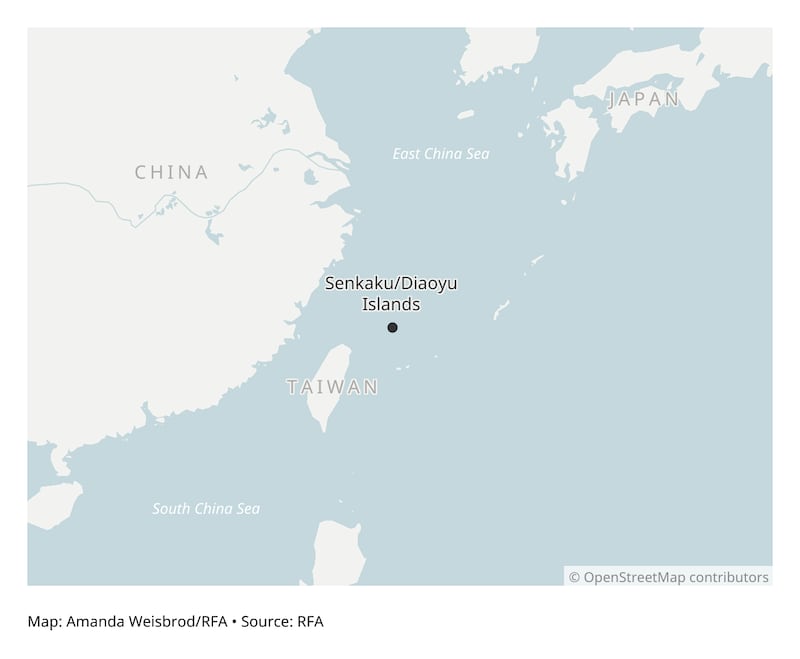TAIPEI, Taiwan – China has removed a buoy it installed near disputed islands within Japan’s exclusive economic zone, raising the possibility of a Chinese shift towards improving relations with Japan.
The islands, known as Senkaku in Japan and the Diaoyu Islands in China, are a group of uninhabited islands in the East China Sea. They are approximately 170 kilometers (100 miles) northeast of Taiwan and about 410 kilometers (250 miles) west of Okinawa, Japan.

The islands are administered by Japan but are also claimed by China and Taiwan.
China installed the buoy in July 2023, triggering strong protests from Japan, which condemned it as a violation of its sovereignty and demanded its removal.
China said the buoy was for scientific research, now finished.
“The buoy in question has completed its task at the site,” Chinese Foreign Ministry spokesperson Guo Jiakun said at a news conference, noting that relevant Chinese agencies had voluntarily made technical adjustments to the buoy according to the actual needs of scientific observation.
The Japan Coast Guard also confirmed on its website the Chinese buoy northeast of Taiwan had “ceased to exist.”
While there has been no official statement linking the buoy’s removal to any diplomatic shift, it is bound to raise speculation that it is part of a calculated effort by Beijing to stabilize ties with Tokyo, particularly in light of the recent change in the leadership of the U.S.
Sino-Japan relations have long been complicated by territorial disputes, historical grievances, and economic competition.
The islands remain one of the most persistent sources of tension, with Beijing frequently sending coast guard vessels into surrounding waters, while Tokyo insists on its sovereignty over the features.
Other flashpoints have included trade disputes, China’s ban on Japanese seafood imports following the Fukushima nuclear plant wastewater release, and concerns over military activity in the East China Sea.
In recent months, however, several signs have indicated that both countries are trying to normalize relations.
In December, Japanese Foreign Minister Takeshi Iwaya visited Beijing, marking a significant step in diplomatic engagement. Discussions included security issues, economic cooperation, and the potential easing of China’s restrictions on Japanese seafood imports.
Additionally, China expanded its visa-free entry program to include Japan, aiming to boost tourism and economic exchanges.
RELATED STORIES
Number of Japanese living in China falls to lowest in 20 years
Japan to raise South China Sea issue with new Trump administration
China seeks easing of Japan ties amid growing tension with US
During his first term, U.S. President Donald Trump took a hard line on China, emphasizing economic decoupling and increasing military cooperation with Japan. His appointment of several China hawks to top jobs in his administration has led to expectations of a repeat of that tough line.
Trump has also emphasized the importance of the U.S.-Japan alliance, particularly in facing regional challenges such as China’s assertiveness and North Korea’s nuclear ambitions.
This alignment was evident during Trump’s recent meeting with Japanese Prime Minister Shigeru Ishiba, when both leaders expressed a shared commitment to “peace through strength” in the Indo-Pacific region.
Edited by Mike Firn.
